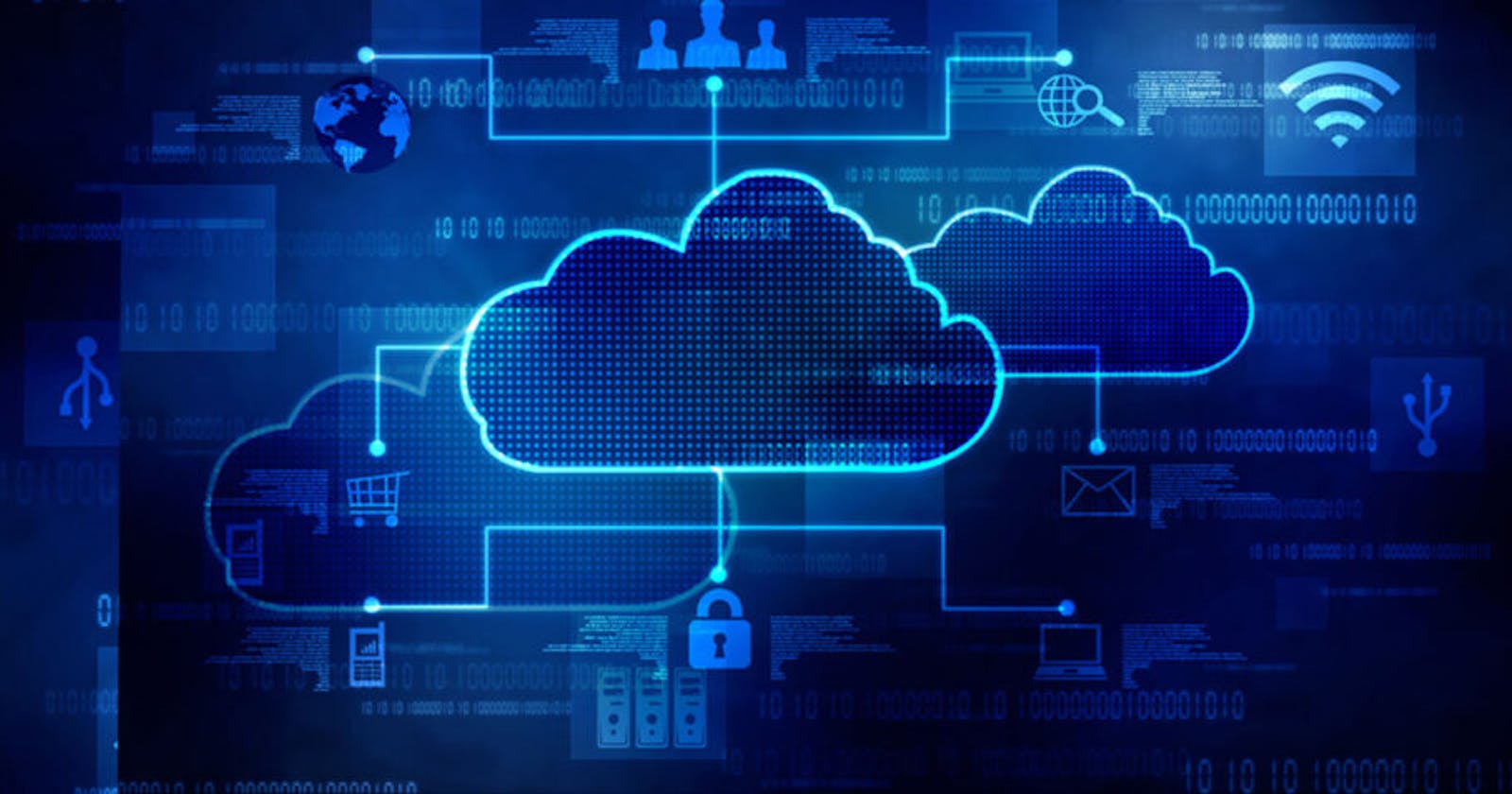Cloud computing has become more significant than ever before, owing to the migration of businesses and their computing processes to the cloud in order to accommodate the increasing demands of remote work. Additionally, the flexibility, low-cost data recovery, environmental friendliness that accompanies cloud computing is attractive to businesses regardless of their size. However, accompanying this era are also new and evolving security risks.
Data theft and other forms of cybercriminal activities now threaten the stability of companies and organizations that function digitally. It has been discovered over the years that cloud insecurity or better still, cyberattacks on the cloud cost small-sized IT companies as much as US$200,000. Worldwide, companies lose as much as US$5.2 trillion. In terms of data, companies are also on the losing end to cloud insecurity. DoorDash a popular start-up delivery encountered a major data breach in September of 2018 after hackers gained access to sensitive customer data.
The weight of cloud insecurity are too much to bear for companies and the tech industry at large. Surprisingly, cybercriminals take advantage of the inherent vulnerabilities of cloud computing services. Some of them include data threats, cloud API vulnerabilities, malicious insiders, shared technology vulnerabilities, provider lock in and so on.
Common cyberattack patterns in today’s world of cloud computing include:
- Cloud malware injection attacks are carried out when malicious scripts are injected into a web application or cloud environment through a client site web browser. They are plotted to illicitly gain access to sensitive data or information. Examples of malware injection attacks include cross site scripting, command injection attack, Sqlia (attacks targeted towards SQL databases)
- Misuse and/ or abuse of cloud services is a top security threat to cloud computing. In this case, hackers gain access into the cloud environment through improper channels. This is aided by easy or frictionless registration processes which give hackers and cybercriminals to carry out illegal activities.
- Wrapping attacks are used by hackers to unveil and manipulate sensitive data on the cloud from the original sender. It can also be called ‘man in the middle’ attack.
- Side channel attacks occur when information is leaked from a database stored in the cloud or from hardware and is used by the attacker for malicious purposes. Such attacks are not facilitated by the weakness of algorithm or software but by the implementation of a computer system or software. Considering these, we need more sophisticated cloud security to protect our data and companies.
The first and most important move towards improving security on the cloud involves “taking care” of inherent vulnerabilities. The issues mentioned earlier are applicable to all cloud computing models including SaaS (Software as a service), PaaS (Platform as a service) and IaaS (Infrastructure as a service). Companies seeking to improve the security of their cloud computing processes can make use of:
- Data Encryption: this is protecting data by encrypting it. This is by far the most popular method of protecting company or business data.
- Network Encryption: this ensures cloud computing processes are safe and secure. Needless to say that network encryption is a must work processes on the cloud.
- Multi Factor Authentication (MFA) is also to be considered when improving security for cloud work processes. Username and password access to databases or structures are now antique considering the new threats in the world of cloud computing. MFA ensures that only the authorized person gains entry into a particular database.
- Reducing User Access to Datasets and Storage: not everyone within a company needs to access the data storage. As easy as it may sound, reducing access to data storages can significantly reduce the chances of cyberattacks. User activities on the cloud need to be monitored, logged and analysed. This involves real time monitoring to be able to identify and deal with abnormal activities.
Conclusion
In its totality, security is an important aspect of our day to day work processes on the cloud. Equally important are the methods and ways by which we improve and increase defences against cyberattacks. The methods listed here are poised to reduce the security organizations and even individuals’ face on the cloud.

